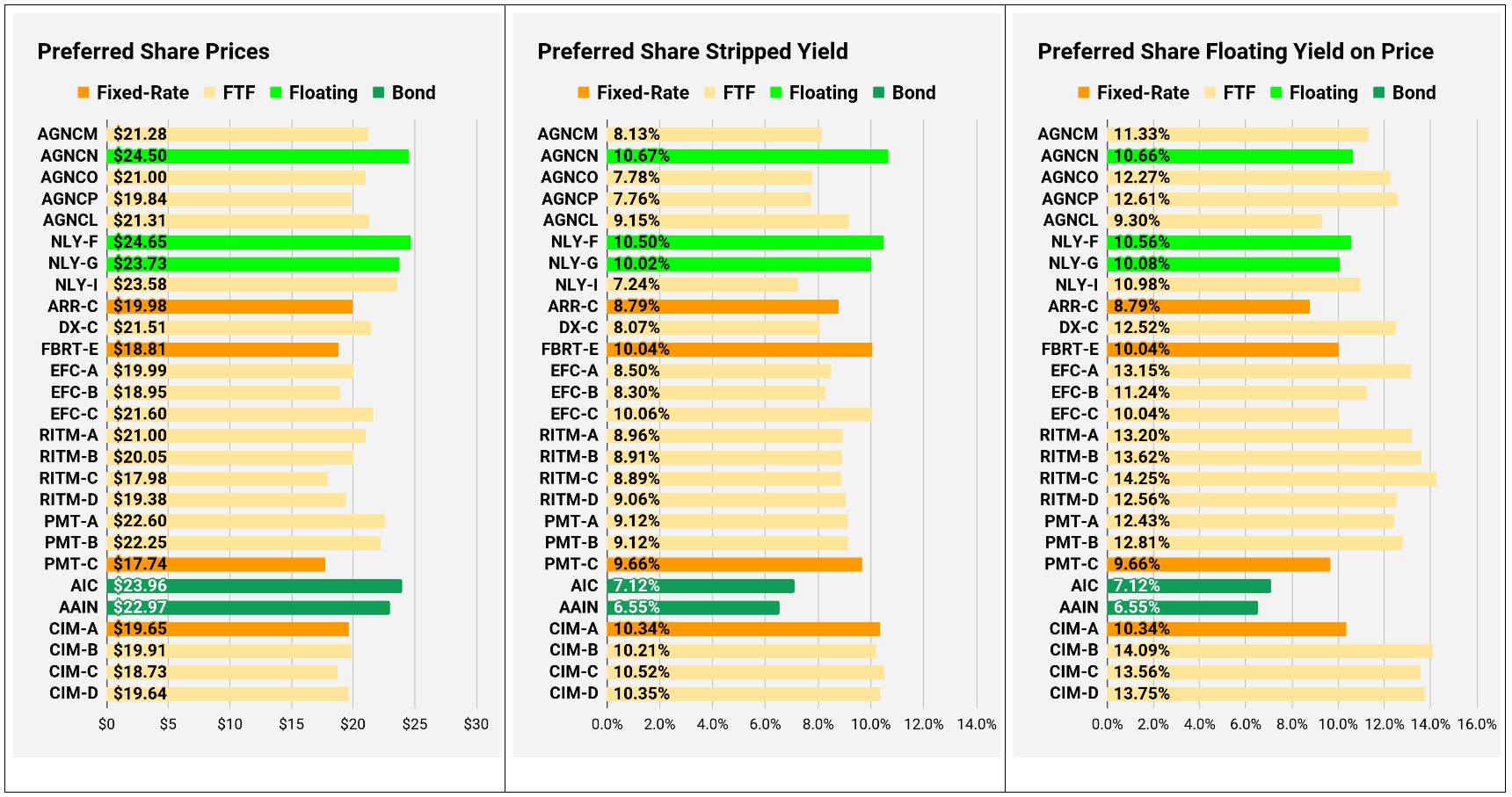Home>Finance>Tax Break Definition, Different Types, How To Get One


Finance
Tax Break Definition, Different Types, How To Get One
Published: February 6, 2024
Looking to get a tax break in finance? Learn the definition and different types of tax breaks, and discover how to secure one for yourself.
(Many of the links in this article redirect to a specific reviewed product. Your purchase of these products through affiliate links helps to generate commission for LiveWell, at no extra cost. Learn more)
Tax Break Definition: Understanding the Different Types and How to Get One
When it comes to managing your finances, understanding tax breaks is key to optimizing your savings. Whether you’re an individual or a business owner, taking advantage of tax breaks can help you minimize your tax liability and keep more money in your pocket. In this blog post, we will dive into the definition of tax breaks, explore various types, and provide useful tips on how to get one. So, let’s get started!
Key Takeaways:
- Tax breaks refer to specific deductions, credits, or exemptions given by the government to reduce your overall tax liability.
- Common types of tax breaks for individuals include child tax credits, mortgage interest deductions, and educational expenses deductions.
Understanding Tax Breaks
So, what exactly are tax breaks? In simple terms, tax breaks are incentives provided by the government to encourage certain behaviors or activities, such as investing in renewable energy, supporting education, or promoting charitable contributions. These incentives are designed to reduce your overall tax liability, effectively putting more money back into your wallet.
Now that we have a basic understanding of tax breaks, let’s explore some common types that individuals and businesses can take advantage of:
Types of Tax Breaks
- Deductions: Deductions are expenses or investments that you can subtract from your taxable income, ultimately reducing the amount of income that will be taxed. Examples of deductions include mortgage interest, medical expenses, and charitable contributions.
- Credits: Tax credits, on the other hand, are direct reductions of your tax liability. Unlike deductions that reduce your taxable income, credits directly decrease the amount of tax you owe. Examples of tax credits include child tax credits, earned income credits, and education credits.
- Exemptions: Exemptions refer to certain allowances or exclusions that can be claimed to reduce the amount of income subject to tax. In most cases, exemptions are associated with dependents, such as children or elderly family members.
- Deferred Tax: Deferred tax breaks are related to savings or investments that allow you to delay paying taxes on the earnings until a later date. Common examples include retirement savings accounts, such as IRAs and 401(k)s, where you contribute pre-tax income and pay taxes when you withdraw the funds during retirement.
How to Get a Tax Break
Now, you’re probably wondering how you can get your hands on these tax breaks. Here are a few tips to help you maximize your savings:
- Stay Informed: Keep yourself updated on the latest changes in tax laws and regulations. Understanding the qualifications and requirements for different tax breaks will ensure you don’t miss out on potential savings.
- Keep Organized Records: Maintain accurate records of your income, expenses, and investments. Having organized documentation makes it easier to claim deductions and credits when filing your tax return.
- Consult a Tax Professional: Seeking advice from a tax professional can help you navigate the complex world of tax breaks. They will provide personalized guidance tailored to your financial situation, ensuring you take full advantage of available tax incentives.
- Plan Ahead: Take a proactive approach to tax planning. By strategically timing your expenses or investments, you can optimize your eligibility for certain tax breaks, such as contributing to retirement accounts before the end of the tax year.
Remember, tax breaks are intended to reduce your tax liability and keep more money in your pocket. By understanding the different types of tax breaks, staying informed, and planning ahead, you can make the most of these incentives and pave the way for a stronger financial future.
So, explore the various tax breaks available to you and start maximizing your savings today!














